The Truth About Cash for Clunkers
Here’s a surprise: American cars hold their value much better than other major markets, including Japan and Europe. Cost of ownership is the culprit. In the US, owning a car generates relatively little in the way of year-to-year expenses. Registration is usually about $30. Inspections are infrequent and rarely costly. While the repairs required to keep a “beater” on the road can reach four figures, they rarely exceed the value of the vehicle itself. As a result, it’s unusual to see a used vehicle in America (even “heaps”) listed for sale under $1k. Also as a result, the cash-for-clunkers proposals, as envisioned, are a horrible idea.
In an effort to boost sales, the German government has been running a “cash for clunkers” program. The government is offering 2,500 Euros for any eligible old car traded in towards a new car purchase. After some initial cheering, the program has been leaning toward scandal land. The reason for this nexus: gaps.
Gap number one: used car values. Overseas, licensing and stringent test regimes make the cost of auto parts a far more daunting proposition than it is in The Land of the Free. Tax laws favoring company/fleet purchases create [even] dramatic depreciation for mass market models. These factors mean that the market value of a “tradable” used car is much less than it’s “government” trade-in value.
The other gap—and the source of many of the “issues” surrounding the cash-for-clunkers program—lies between a car’s “inflated” trade-in value and the cost of a new car.
At best, the money garnered from the government for a clunker represents about a 25 percent down payment on a new car. That’s at the low end. For a more middle-market car, the clunker check accounts for less than 10 percent of the cleaner, greener machine’s purchase price. On top of that, the sort of person who would be buying a €10K car is the one least likely to get financing to close the “gap”.
The sharp end solution to this gap is simple: People who can afford new cars will buy (from a private owner) a “junker” to trade. The junker’s former owner will take a fee (maybe 1000 Euros) and use the money to buy a non-tradeable old car. Hopefully a better one, but not necessarily.
Despite/because of these economics, it seems that everyone wins (and the old cars get taken out of circulation). In practice, no.
The biggest problem with Germany’s cash-for-clunkers program: it takes something that is normally not very valuable (a German jalopy) and increase its value several-fold by attaching a couple of documents. Throw in the fact that the money “pool” supporting the program is “first come, first served,” and you get fraud on an impressively large scale.
TTAC’s Bertel Schmitt has been connecting the dots between the environmentalists’ and the mob’s green dreams. Apparently some of the trade-ins are doing it the Chicago way (early and often), and aren’t even getting scrapped. This makes a mess of the real purpose of the program (culling clunkers), while doing nothing to increase sales (the spoonful of sugar to make the green stuff go down easier).
It’s a stark warning to Americans contemplating the wisdom of the whole cash-for-clunkers concept. But is the devil in the details? Could CforC be done “properly”?
First, you’d need to make the scrap credit what it is: a simple payment above salvage value to take a heap off the road. Second, you need to make the payment lower (say $1,500 or even $1,000). Third, you need to extend it to ALL eligible vehicles and run it through salvage yards (therefore only one set of books to check).
In effect, the goal would be to get “heap” drivers into a slightly newer, slightly nicer “heap.”
Aside from aesthetics and a marginal pollution reduction, the greatest benefit would be to reduce the total vehicle population on the road. This will eventually help the new car market but not for a few years and not for the reason you’d think.
While new vehicle sales had been running high until last year, the “scrap rate” has held steady at about 12.5 million a year for the last decade. Sales have far exceeded that rate; that is one reason the US has 250 million cars for 200 million licensed drivers.
A targeted cull would aim to increase the scrap rate, to 15 million annually. Make no mistake, doing it right would not be cheap, I reckon $5b dollars a year (3.5 million times $1,500) ought to do it.
Reducing the absolute number of cars would help heal the damage years of “fire sales” have had on used car prices. Getting used car prices back near “normal” would help sales down the road. But would it be worth the cost? In Bailout Nation, cost owns you.
More by Andrew Dederer
Latest Car Reviews
Read moreLatest Product Reviews
Read moreRecent Comments
- V8fairy Not scared, but I would be reluctant to put my trust in it. The technology is just not quite there yet
- V8fairy Headlights that switch on/off with the ignition - similar to the requirement that Sweden has- lights must run any time the car is on.Definitely knobs and buttons, touchscreens should only be for navigation and phone mirroring and configuration of non essential items like stereo balance/ fade etc>Bagpipes for following too close.A following distance warning system - I'd be happy to see made mandatory. And bagpipes would be a good choice for this, so hard to put up with!ABS probably should be a mandatory requirementI personally would like to have blind spot monitoring, although should absolutely NOT be mandatory. Is there a blind spot monitoring kit that could be rerofitted to a 1980 Cadillac?
- IBx1 A manual transmission
- Bd2 All these inane posts (often referencing Hyundai, Kia) the past week are by "Anal" who has been using my handle, so just ignore them...
- 3-On-The-Tree I was disappointed that when I bought my 2002 Suzuki GSX1300R that the Europeans put a mandatory speed limiter on it from 197mph down to 186mph for the 2002 year U.S models.



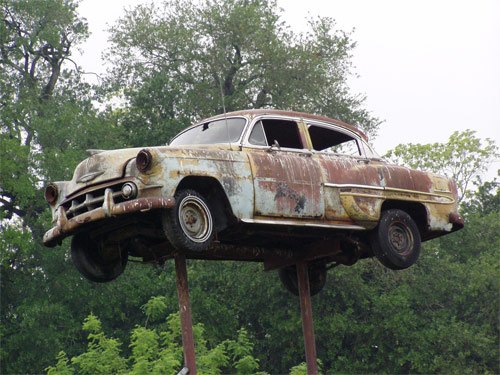












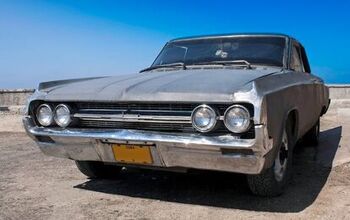
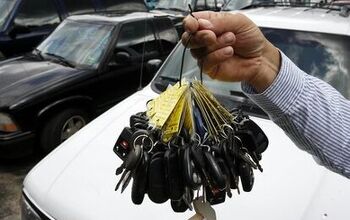
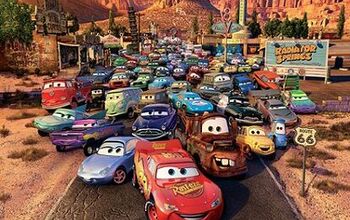
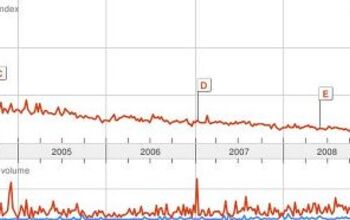

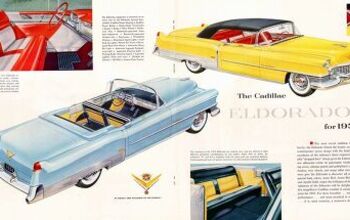
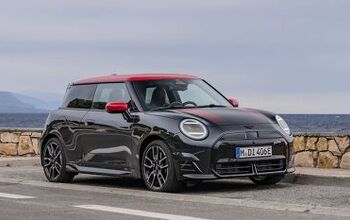

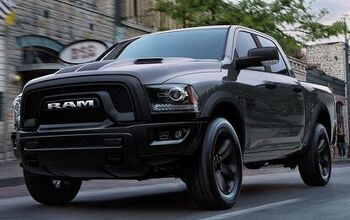
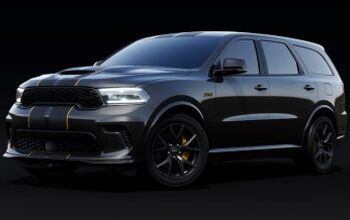
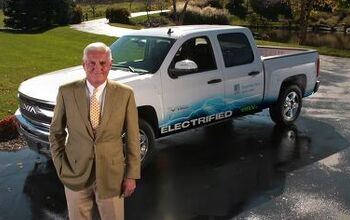
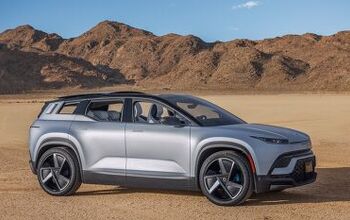


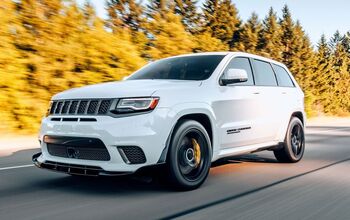
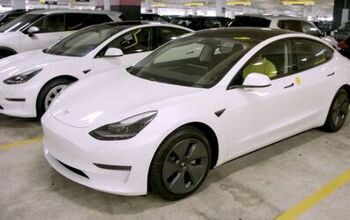

Comments
Join the conversation
You need to get out more. Maybe in your neck of the woods, cars "rarely sell for under $1K" but there are plenty of places in the USA where cars regularly sell at that price point. Central New York is still a very impoverished area, particularly the Southern Tier. I was at a diner and overheard one "car nut" describing his recent purchase. He was deciding between an old Ddoge Neon or a Chevy Corsica. He said "I chose the Corsica for the handling". I nearly spit milk out my nose. I almost laughed out loud. But then I realized that this man, in his early 60's, was deadly serious. He chose a 15-year-old car with 150K on the clock for the handling. For a lot of people, that is their buying decision. That was all he could afford. Down here in Georgia, well, we get a lot of the same. $500 cars, $1000 cars. Heck, you still see Dodge Omnis on the road, and hoary old buckets and whoop-dees that are worth as much as the gas in their tanks. The attitude in the article about the same as in the car mags - condescending and superficial. Getting oil-burning junkers off the road is hardly a threat to the auto enthusiast. One '77 Caprice Classsic puts out more pollution than 10 brand new Hummers. Getting older cars off the road is a better approach to emissions control than, say, making emissions requirements stricter for new cars. Or is the latter what you are advocating? Why is it car scribes have to be AGAINST everything? I mean, how retrograde. No wonder car magazines are becoming more and more irrelevant. "The government should just go to car auctions and buy up cars, as cheaply as possible. That way cars are taken off the road with the least possible cost and overhead, without the possibility of fraud and without overpaying for wrecks that nobody drives anyway." Wow. That actually makes sense.
[...] The Truth About Cars takes a look at the potential for fraud. If you were in the market for a new car, wouldn’t [...]